NASA Shares Satellite Photos of Dubai Before and After Record Flooding With a Year’s Worth of Rain in One Day
NASA has released satellite photos its Earth Observatory took of Dubai on April 19 after the United Arab Emirates was hit with record flooding and a year’s worth of rain in only one day.
By sharing photos of Dubai and Abu Dhabi before the rainfall and then after, NASA showed how clear it is to see the massive way the land was affected by the mass amount of water that continues to cause problems in the country today.
Record Rainfall in Dubai
On April 16, the United Arab Emirates saw a record rainfall that quickly led to flash floods occurring throughout the country. In some areas of Dubai, cars were completely submerged under water.

Source: CherryPie94/Wikimedia Commons
Experts have stated that the country saw a year’s worth of rainfall in one day. This is the most rain the country has seen since at least 1949, when records began to be kept in the UAE.
NASA Satelite Images
To show just how impactful this rain was, NASA released various images from NASA Earth Observatory. These images were taken using the Landsat data from the U.S. Geological Survey.

Source: NASA/Goddard Space Flight Center/Conceptual Image Lab/Wikimedia Commons
When Landsat 9 was able to pass over the UAE on April 19, after the rain had subsided, it was clear to see that many areas were still dealing with massive flooding.
Before Images
NASA also released images of the UAE before the rain took place, on April 3. In this image, you can see parts of Dubai, as well as other surrounding lands.
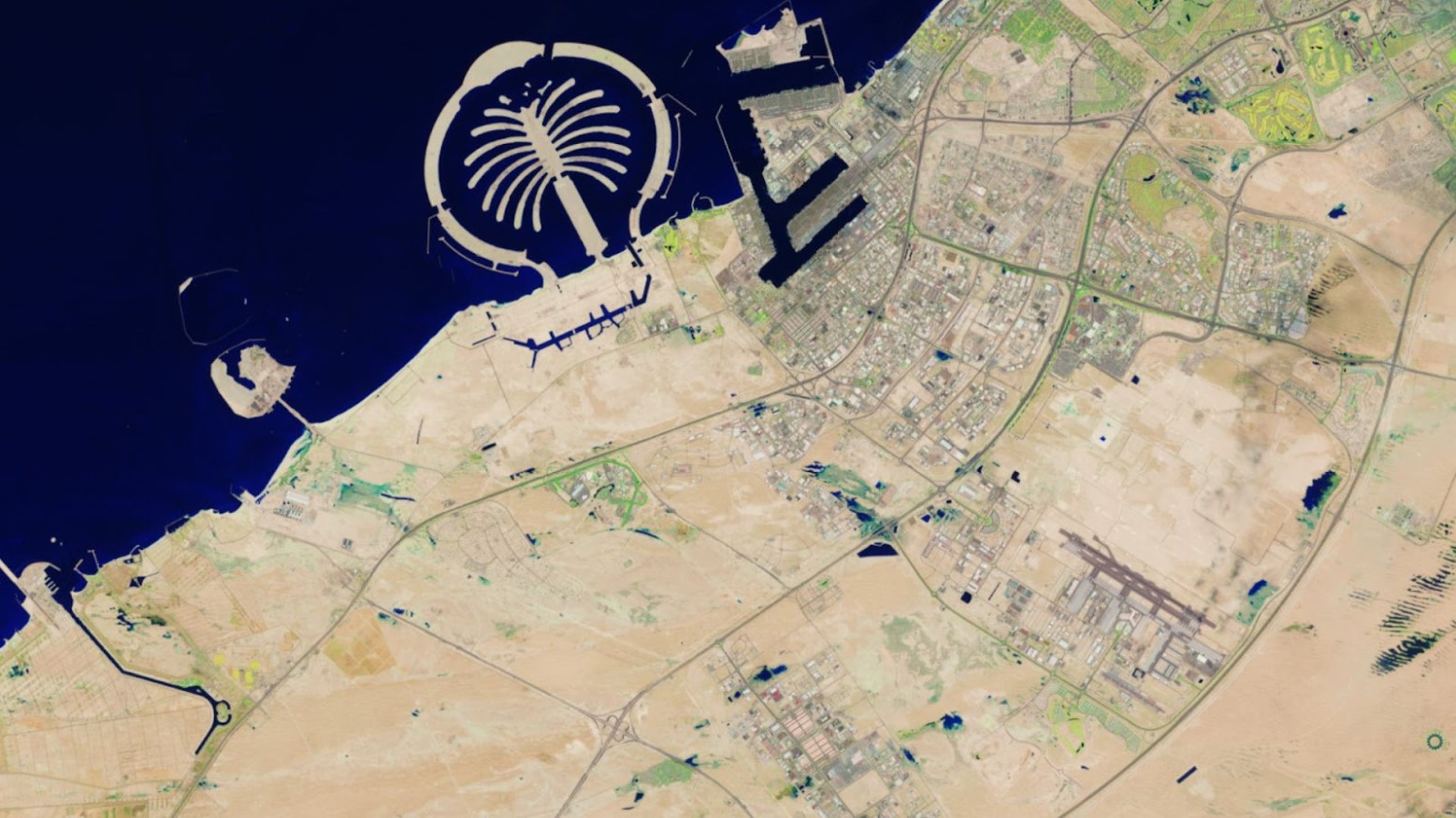
Source: Wanmei Liang for NASA's Earth Observatory/Wikimedia Commons
This image was taken by Landsat 9 and is a satellite photo.
After Images
The next image NASA released was taken on April 19, after the historic rainfall. According to NASA, this second image “shows flooding in numerous parts of the emirate. The image is false color (bands 6-5-3) to emphasize the presence of water, which appears blue.”
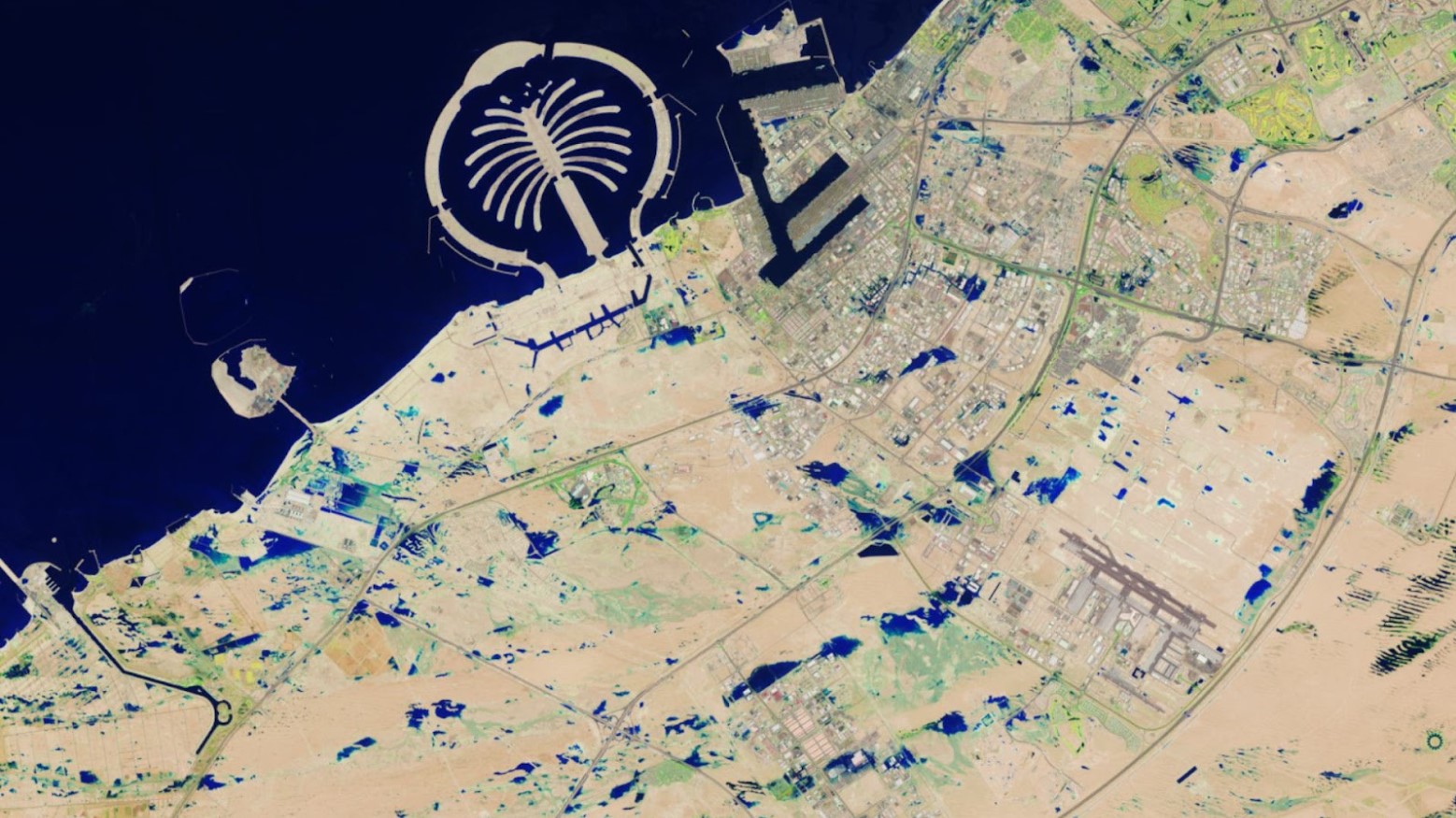
Source: Wanmei Liang for NASA's Earth Observatory/Wikimedia Commons
Viewers can see on this satellite image how much of the land that previously didn’t have water now does. These blue markings almost look like lakes in the land.
Dubai’s Historic Rainfall
Dubai and the UAE continue to deal with the repercussions of this historic rainfall. When the storm was ongoing, many people were forced to flee their cars as water engulfed them on the roads.
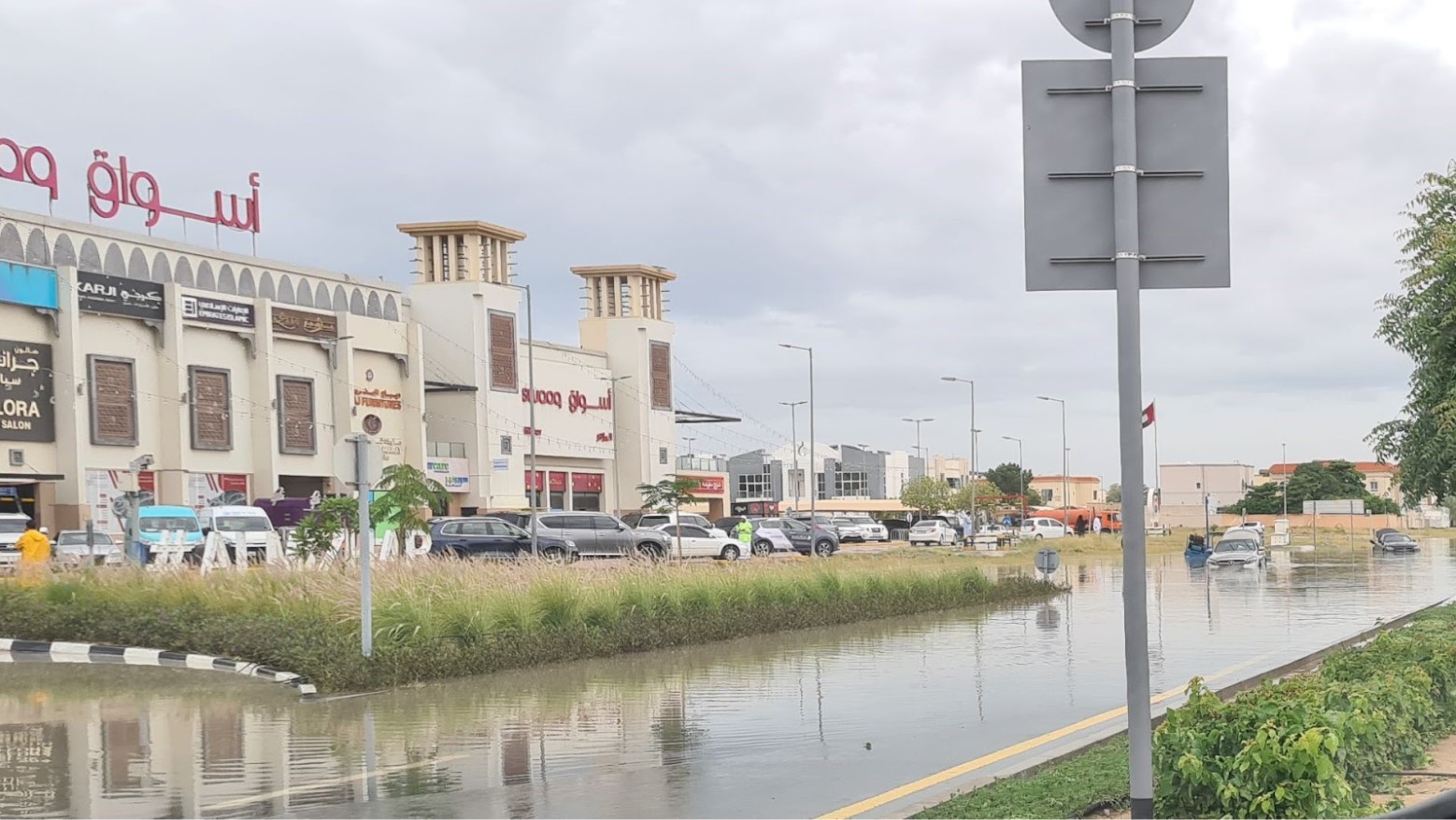
Source: CherryPie94/Wikimedia Commons
This led to many cars being abandoned throughout various streets in Dubai, as people struggled to get away from the quickly rising water.
Businesses Closed
As the storm raged, many businesses quickly closed as people tried to deal with the onslaught of rain. Schools were also subsequently closed to better protect children and staff.
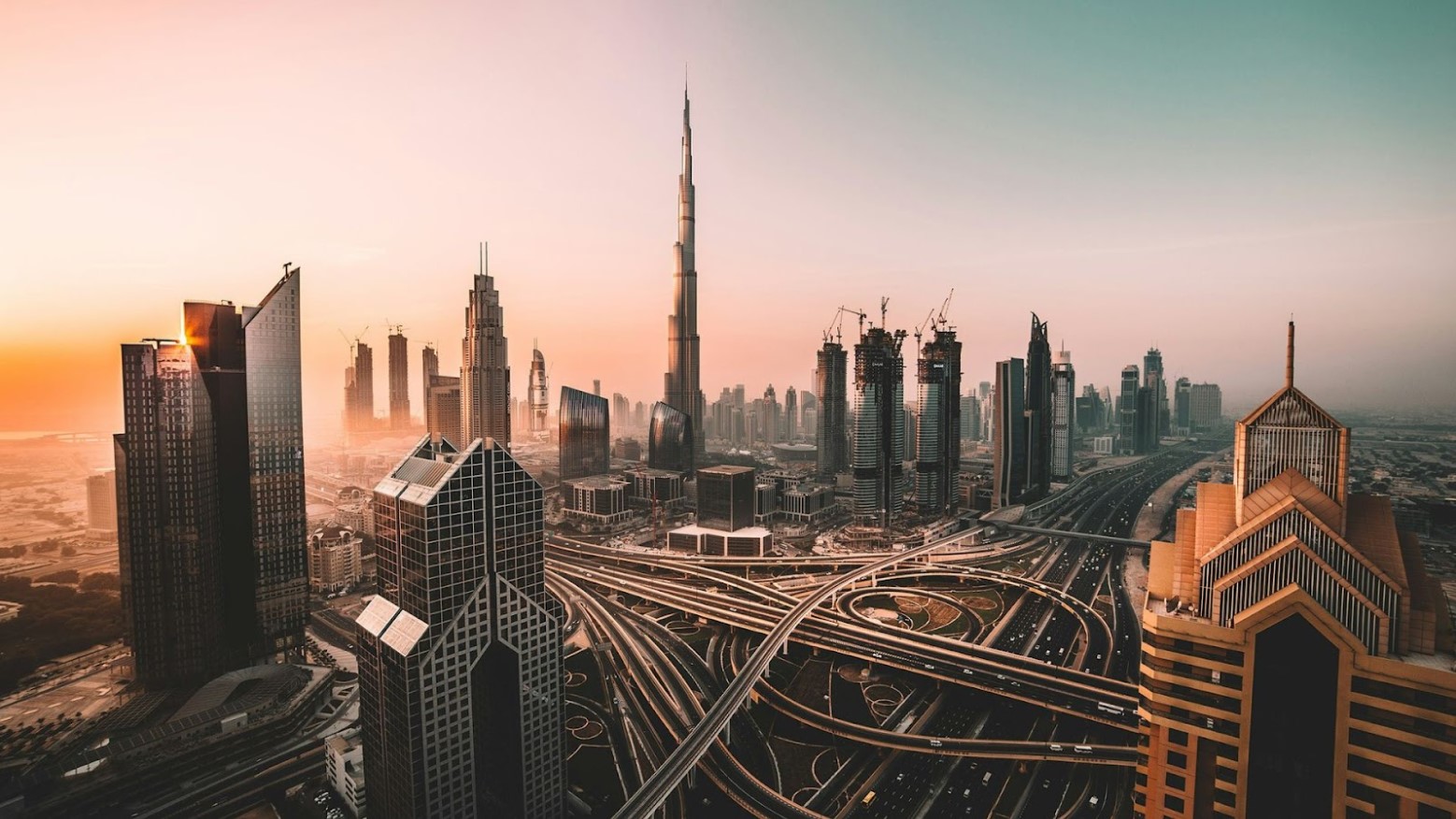
Source: David Rodrigo/Unsplash
Airports in the area also shut down. Dubai’s international airport was flooded within hours as the relentless storm never let up.
Trapped Citizens
Throughout the country, many of UAE’s citizens were trapped wherever they happened to be when the storm began. While many people were trapped in their homes, others had to quickly find safe shelter if they were out driving when the storm increased in downpour.
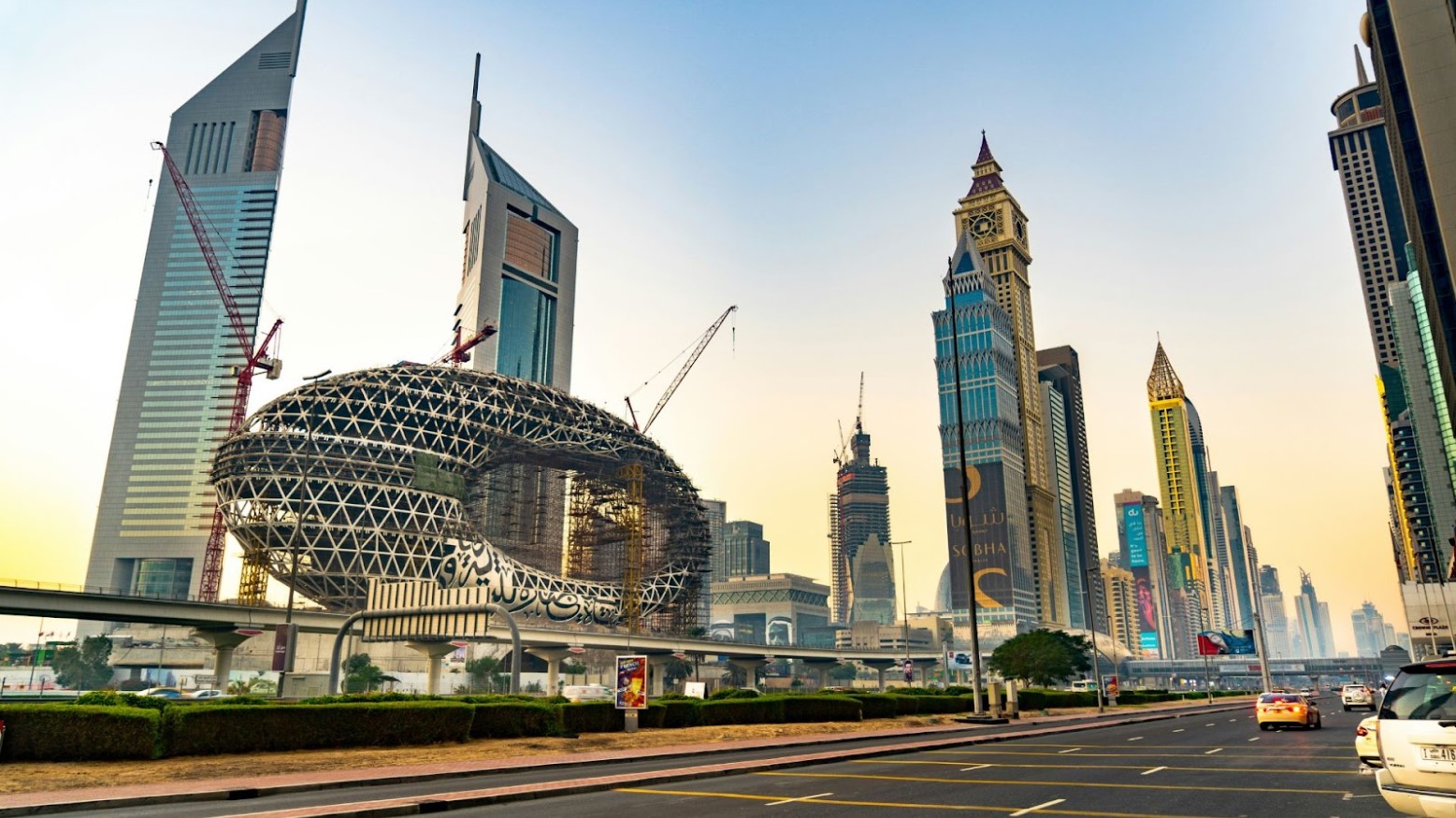
Source: Darcey Beau/Unsplash
Others were even stuck inside Dubai’s International Airport when it began to become flooded.
Continuous Flooding Issues
Much of the area where the rain poured down the most quickly flooded. This flooding was further exasperated because the normally dry, desert area of Dubai doesn’t have a proper drainage system built into its infrastructure.
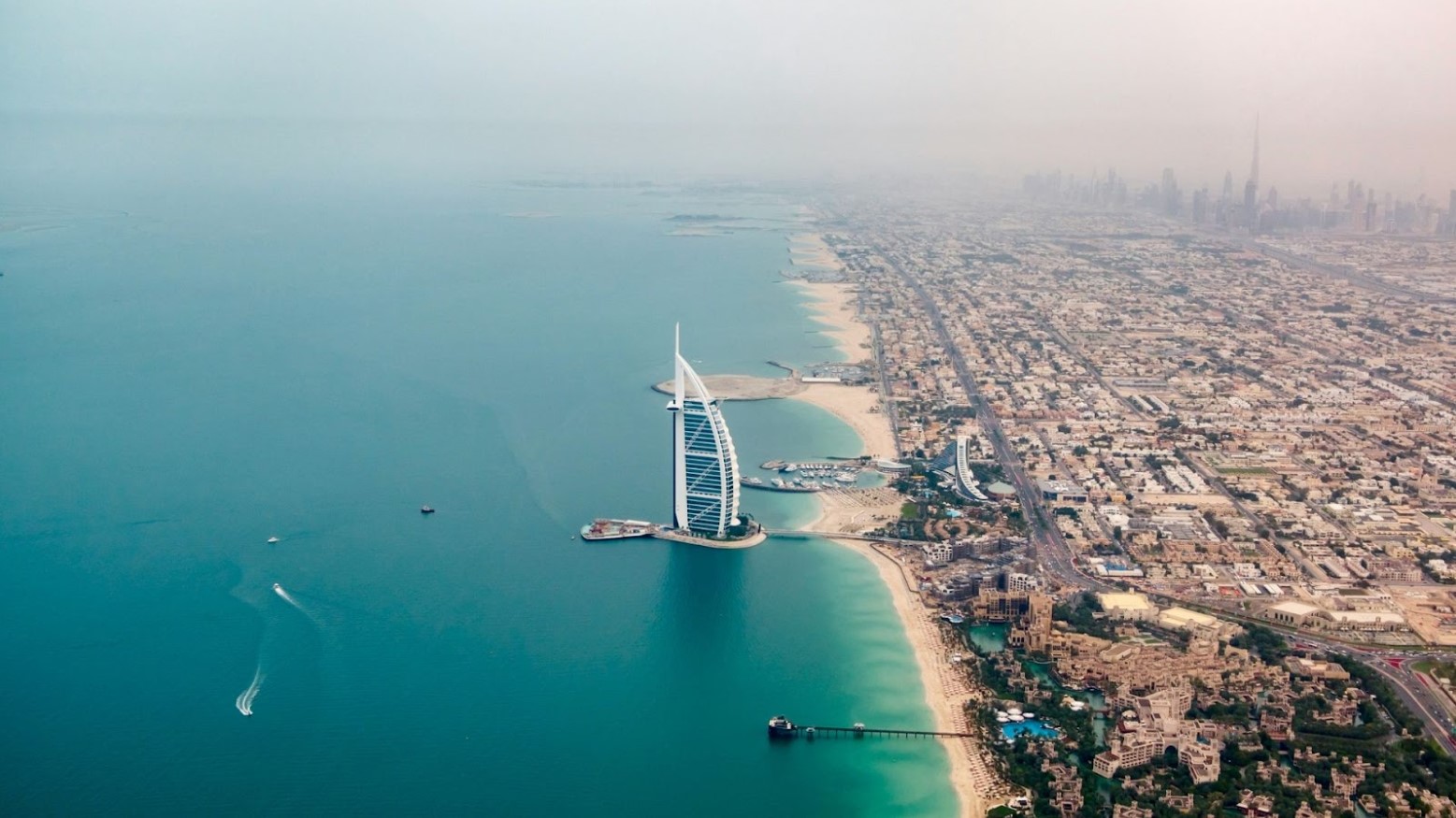
Source: Christoph Schulz/Unsplash
This lack of a drainage system in the country’s urban areas led to quick flooding. Now, this water remains in these areas, as it has nowhere to go.
Ongoing Problems
Now, the country is attempting to solve the many problems the storm has left in its wake. During the storm, many people lost power in their homes, as well as running water.

Source: Robert Bock/Unsplash
Now, many residents have continued to say that they’re still without power and water. Reports have indicated that the infrastructure throughout the country is severely damaged. Some buildings are now even in danger of collapsing because of the storm.
UAE Pushes Banks
Because of this massive destruction, UAE’s central bank has encouraged other banks and insurance companies to help locals by allowing loan repayments to be deferred for six months.

Source: Macky Mendenilla/Unsplash
In this way, they are trying to help people and businesses who have been affected by the historic rainfall.
Climate Change To Blame?
Already, studies have come out to claim that climate change is to blame for the ferocity of the storm that Dubai experienced.
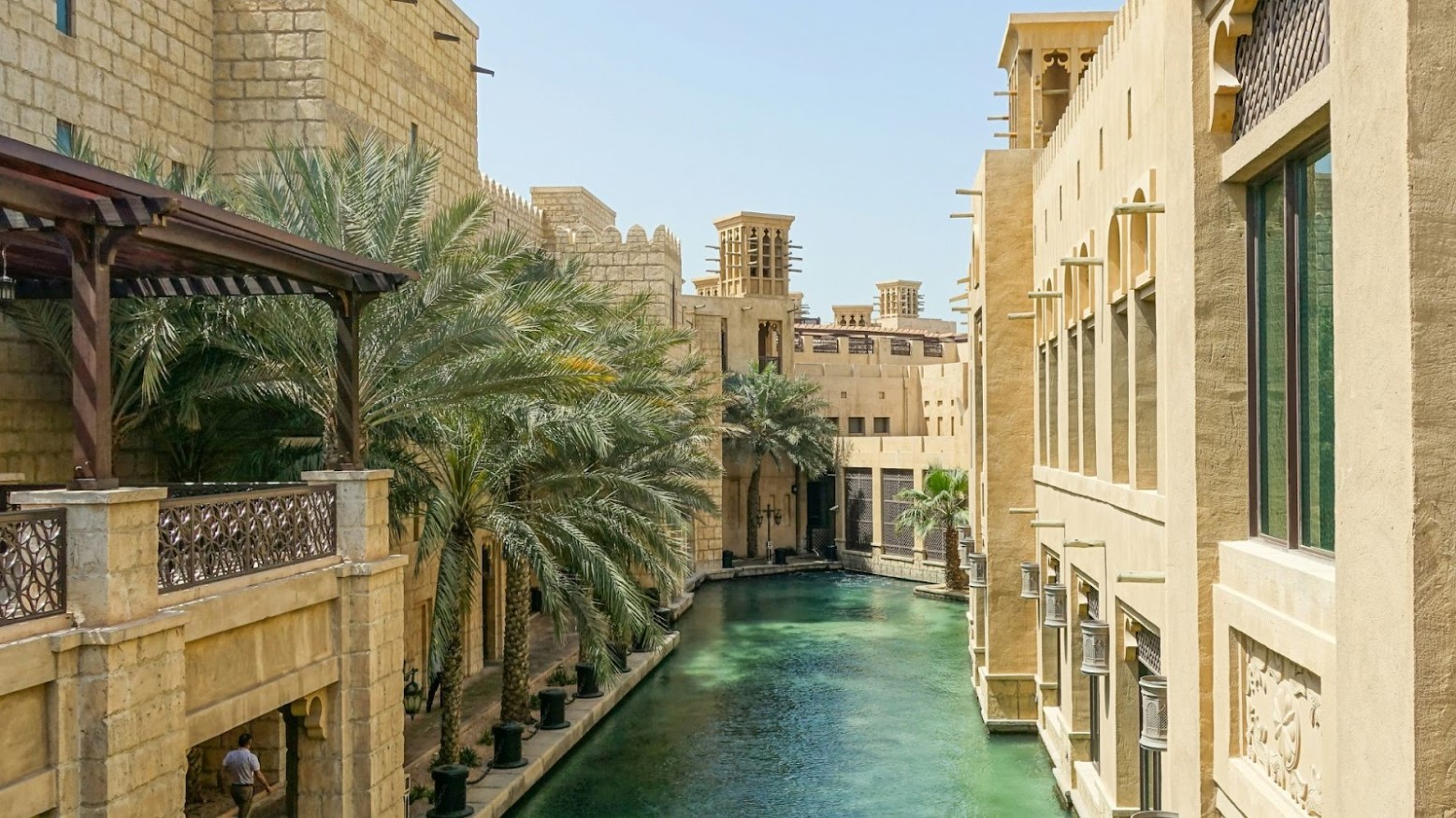
Source: Zosia Szopka/Unsplash
According to these studies, rising temperatures and urbanization have resulted in the floods seen throughout the UAE being more severe than they normally are.
